 Michela Urbano
Michela Urbano
Drink&music Underground
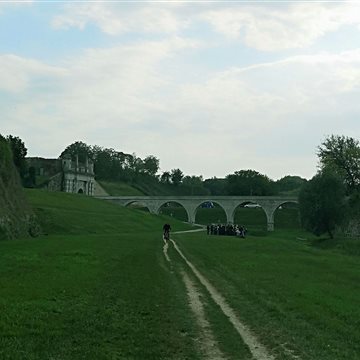
01ott2019



 Mappa del territorio
Storie di emigrazione, economia che trasforma il territorio. Nel laboratorio dove l’artigiano come un mago operava, pochi utensili, il fuoco, l’acqua. La materia grezza si lasciava forgiare, trafilare, molare, in lame di ogni tipo, coltelli, attrezzi rurali, casalinghi, forbici, armi, turbine per aerei, e quant’altro il mercato commissionava, pure per spettacoli e film storici come Breaveheart. La necessità di portar acqua per scopi agricoli, fa sviluppare opifici, vede la nascita della roggia di Maniago nel 1454. Nel Medioevo Maniago era già capitale di lame. Un’evoluzione continua di apertura e occasione di lavoro. Come età-lavoro ancora nell’800 si cominciava presto, in famiglia o nell’opificio.
Mappa del territorio
Storie di emigrazione, economia che trasforma il territorio. Nel laboratorio dove l’artigiano come un mago operava, pochi utensili, il fuoco, l’acqua. La materia grezza si lasciava forgiare, trafilare, molare, in lame di ogni tipo, coltelli, attrezzi rurali, casalinghi, forbici, armi, turbine per aerei, e quant’altro il mercato commissionava, pure per spettacoli e film storici come Breaveheart. La necessità di portar acqua per scopi agricoli, fa sviluppare opifici, vede la nascita della roggia di Maniago nel 1454. Nel Medioevo Maniago era già capitale di lame. Un’evoluzione continua di apertura e occasione di lavoro. Come età-lavoro ancora nell’800 si cominciava presto, in famiglia o nell’opificio.
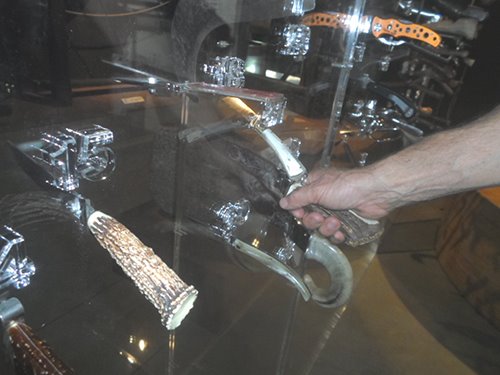 Una lama per ogni coltello, un manico per ogni lama
Una storia vera: a 15 anni Carlotta aveva un posto nell’opificio, a quasi 100 anni era presente al taglio del nastro che inaugurava il Coricama Museo. Carlotta è l’emblema del ruolo femminile nel fabbrile. Durante la visita ho toccato i pezzi grezzi, immaginato quella colla di pesce su bobine dove era attaccata la polvere a smeriglio: grossa, media, fine, secondo i diversi passaggi di abrasione.
Una lama per ogni coltello, un manico per ogni lama
Una storia vera: a 15 anni Carlotta aveva un posto nell’opificio, a quasi 100 anni era presente al taglio del nastro che inaugurava il Coricama Museo. Carlotta è l’emblema del ruolo femminile nel fabbrile. Durante la visita ho toccato i pezzi grezzi, immaginato quella colla di pesce su bobine dove era attaccata la polvere a smeriglio: grossa, media, fine, secondo i diversi passaggi di abrasione.
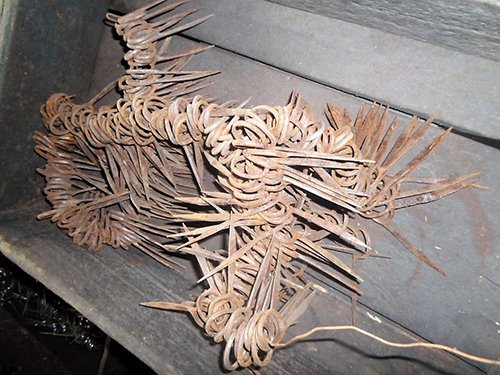 Forbici grezze
Si dice “coltelli” ma è un mondo di lame che scopriamo! Nei successivi laboratori di Maniago Libero ho viaggiato indietro nel tempo di generazioni: muri anneriti, stanze piene di materiale oggi. Il lavoro manuale dell’artigiano avviene con macchine, richiede ancora tanto tempo, ruoli fissi tra maschile e femminile. 50 ore e più per una forbice che tagli il filo di seta! Solinger è un marchio tedesco noto tra le forbici. Sapevate che la manifattura-prima partiva da Maniago? Nelle 100 ditte fabbrili in vita oggi il lavoro è portato avanti da giovani, secondo progetti informatici avanzati. Il computer è affiancato anche ai telai, alle matasse, nel Museo Arti Tessili vicino al Coricama, con corsi internazionali. La visita continua a Palazzo Attimis, poi in Piazza e per le vie in festa, occasione per incontrare le aziende del distretto e assistere ad alcune lavorazioni, assaggiare le specialità e i prodotti tipici: la cipolla di Cavasso o della Val Cosa, la pitina, le birre artigianali di Cavasso Nuovo, i formaggi, elaborati con cipolla rossa o con i fichi, divertendosi.
Forbici grezze
Si dice “coltelli” ma è un mondo di lame che scopriamo! Nei successivi laboratori di Maniago Libero ho viaggiato indietro nel tempo di generazioni: muri anneriti, stanze piene di materiale oggi. Il lavoro manuale dell’artigiano avviene con macchine, richiede ancora tanto tempo, ruoli fissi tra maschile e femminile. 50 ore e più per una forbice che tagli il filo di seta! Solinger è un marchio tedesco noto tra le forbici. Sapevate che la manifattura-prima partiva da Maniago? Nelle 100 ditte fabbrili in vita oggi il lavoro è portato avanti da giovani, secondo progetti informatici avanzati. Il computer è affiancato anche ai telai, alle matasse, nel Museo Arti Tessili vicino al Coricama, con corsi internazionali. La visita continua a Palazzo Attimis, poi in Piazza e per le vie in festa, occasione per incontrare le aziende del distretto e assistere ad alcune lavorazioni, assaggiare le specialità e i prodotti tipici: la cipolla di Cavasso o della Val Cosa, la pitina, le birre artigianali di Cavasso Nuovo, i formaggi, elaborati con cipolla rossa o con i fichi, divertendosi.
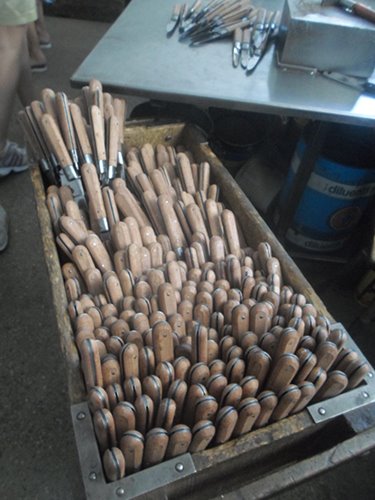 Cesto di coltellini
Cesto di coltellini
Find out about the ideas and offers for this experience in Friuli Venezia Giulia

 Michela Urbano
Michela Urbano

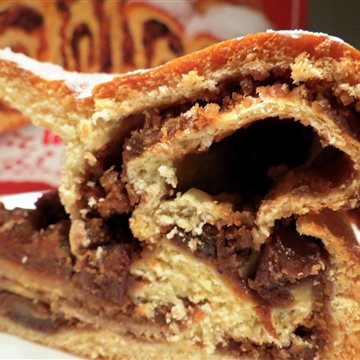
 Francesca Casali
Francesca Casali
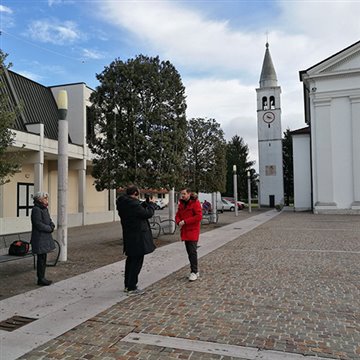
 Francesca Casali
Francesca Casali
